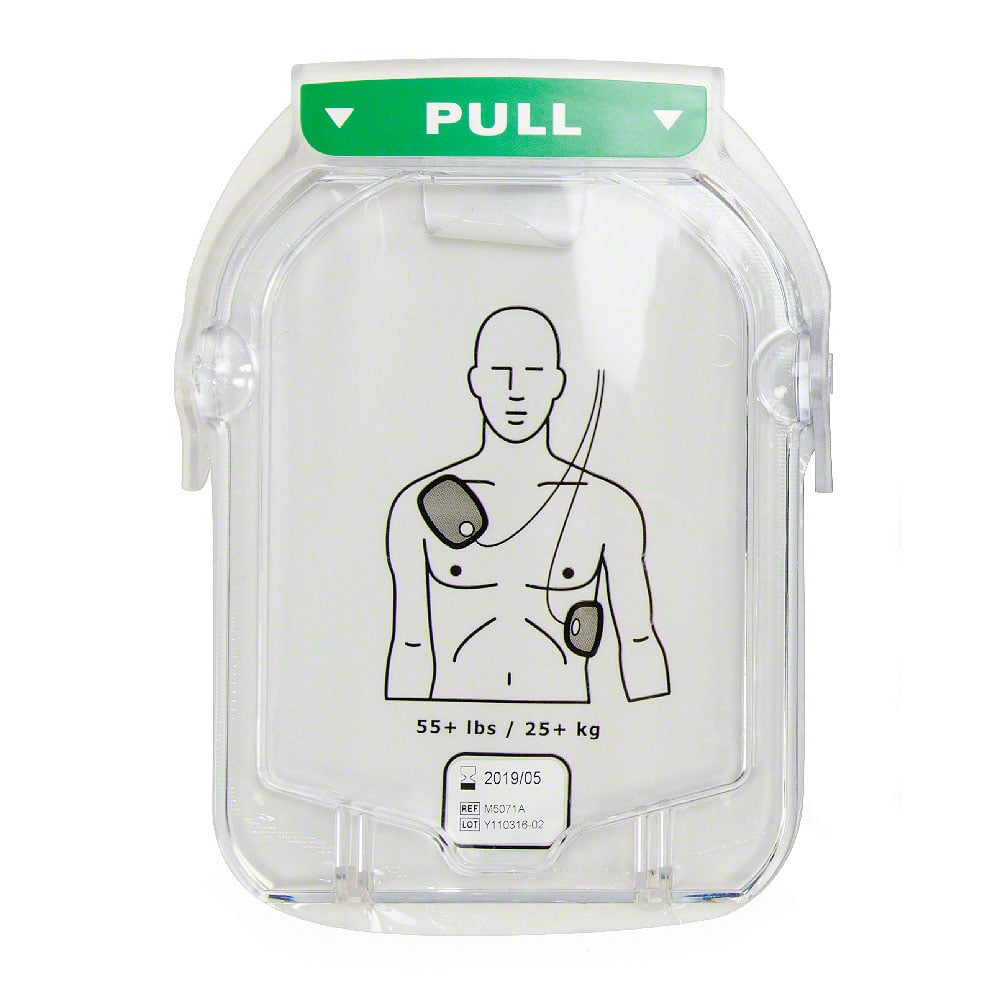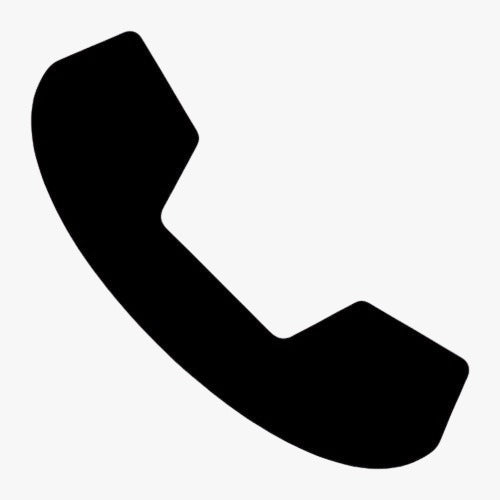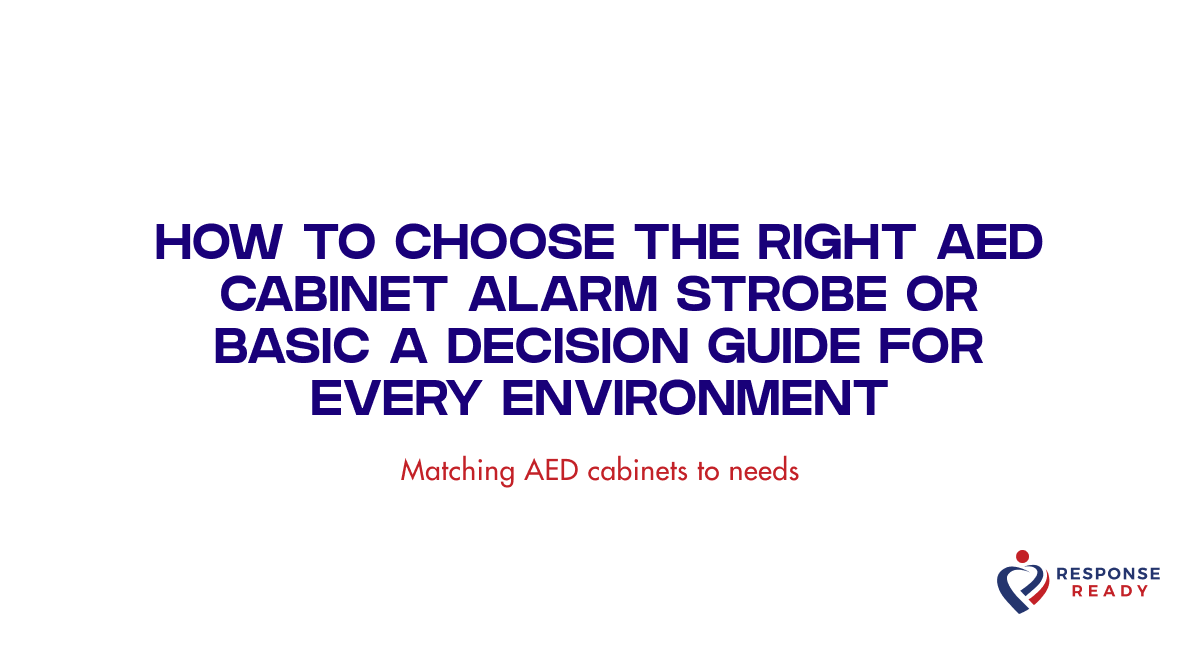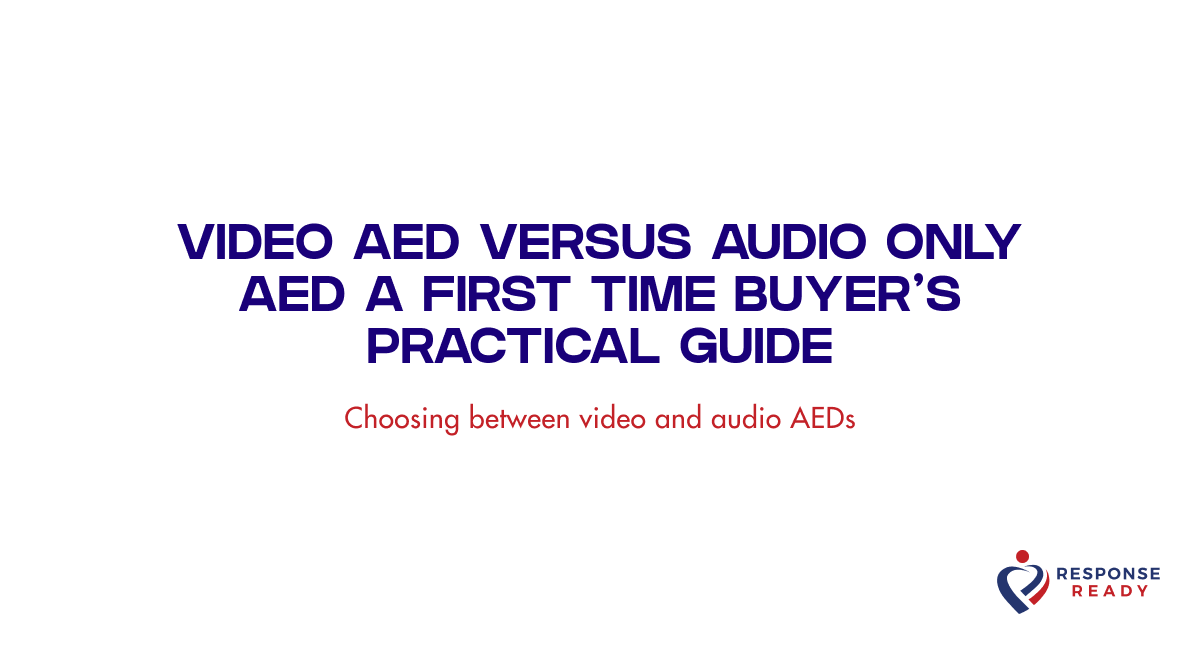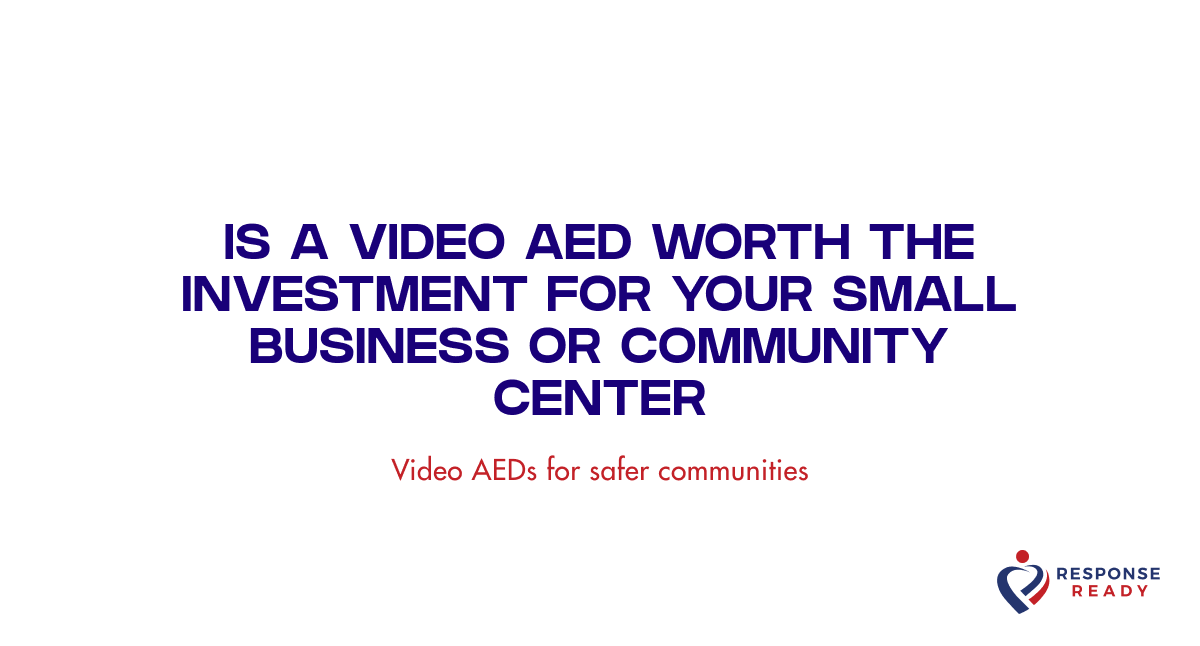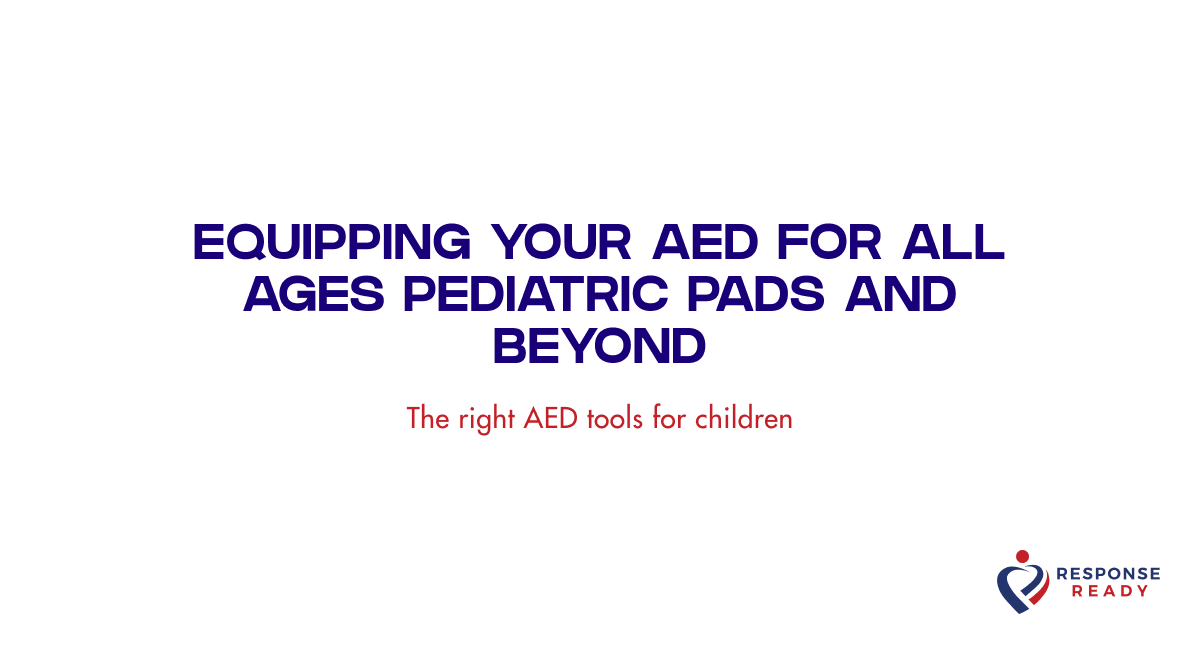When you decide to place a life saving Automated External Defibrillator (AED) in your home, school, or small business, the first question is usually about price. You see a number online, maybe between $1,200 and $3,000, and assume that’s the full investment. But the sticker price is only the beginning of the story. The real cost of owning an AED is measured over its entire 8 to 10 year lifespan, and understanding these long term expenses is the key to making a smart, sustainable decision.
Thinking about the Total Cost of Ownership, or TCO, isn't about finding the cheapest device. It's about budgeting realistically to ensure your AED is always ready for an emergency. This includes the cost of replacement parts, essential training, and the ongoing effort of maintenance. Let’s explore the complete financial picture so you can feel confident in your choice.
The initial investment what you get for your money
The upfront cost of a new AED, which generally ranges from $1,200 to $3,000, provides you with the core components for an emergency response. A standard AED value package typically includes the defibrillator unit itself, one set of adult electrode pads, one battery, a user manual, and often a carrying case.
This initial purchase is your first and most important step. It puts the technology in your hands. But to keep that technology effective for the next decade, you need to plan for the recurring costs that ensure its readiness.
Calculating your 10 year cost the ongoing expenses
The most accurate way to budget for an AED is to look at its TCO. Industry experts estimate the average annual cost of ownership to be around $200 when you factor in replacing key components over the device's lifespan. This isn't an arbitrary fee, it’s the predictable cost of keeping the machine in perfect working order.
The two primary drivers of this ongoing cost are the electrode pads and the battery. Both have mandatory replacement dates that you cannot ignore.
A deep dive into replacement pads
AED electrode pads are the single most critical accessory for your device. They are designed for one time use and have a limited shelf life, typically around two years, to ensure the conductive gel on them remains effective. Once you open the packaging or use them in a rescue, they must be replaced immediately.
The cost for a new set of pads can range from $40 to $180 depending on the brand and model. For example, the popular Philips HeartStart OnSite AED uses pads that last for two years. In contrast, a brand like HeartSine streamlines ownership by combining the battery and pads into a single Pad-Pak cartridge with a four year lifespan. You will also need to consider if your environment requires a separate set of pediatric pads for responding to emergencies involving children.
A deep dive into replacement batteries
An AED battery must be ready to deliver a powerful electrical shock at a moment's notice, which is why they have a fixed expiration date regardless of use. The cost and lifespan of batteries vary significantly across different models, ranging from $35 for consumer grade batteries to over $400 for long life, high capacity aviation batteries.
The lifespan is a key factor in your long term budget. For example, the Defibtech Lifeline AED battery has a seven year life, meaning you may only replace it once during the device's lifetime. Other models, like the ZOLL AED Plus, use a set of ten consumer lithium batteries that are less expensive upfront but require replacement more frequently. Knowing how to choose the right AED batteries for your specific device is a crucial part of responsible ownership.
The hidden costs maintenance and legal compliance
Beyond the predictable costs of pads and batteries lie the hidden operational costs of maintenance and compliance. These are often overlooked but are essential for both legal protection and ensuring the AED functions during a rescue. The FDA requires that all AEDs have premarket approval (PMA), and many states have specific laws governing their placement and maintenance.
For example, states like California mandate that AED owners perform regular inspections and notify local EMS of the device's location. This creates a "soft cost", the time and effort your family member, staff, or volunteer must spend performing and documenting these checks. Manually tracking expiration dates for multiple accessories across several devices can quickly become a significant administrative burden, increasing the risk of a compliance misstep or a device failure due to an expired component.
The simple solution AED program management
The complexity of tracking inspections, expirations, and state regulations is precisely why AED program management solutions exist. For an annual fee, often around $179, these programs automate the entire process. They send email reminders when pads or batteries are about to expire, provide a digital platform for logging readiness checks, and help ensure you meet all legal requirements.
At Response Ready, we developed our AED Program Management service and the free Response Ready App to solve this exact problem. As one user on the App Store noted, "This app makes it so much easier to manage defibrillators in different locations. Convenient and intuitive." By automating these crucial but time consuming tasks, you remove the guesswork and human error from your emergency preparedness plan, giving you peace of mind that your device is always ready.
Putting it all together your path to preparedness
The true cost of owning an AED is a combination of the initial purchase and the long term costs of consumables and management. While it may seem like a lot, this total investment is manageable with proper planning and essential for ensuring your device is a reliable life saving tool for years to come.
By understanding the full picture, you can budget effectively and choose a device that fits not only your space but also your long term operational capacity. Your next step is to explore the options that provide the best value and support for your specific needs, whether that's an all inclusive AED value package or a device known for its low maintenance costs. With the right plan, you can make a confident investment in preparedness.
Frequently asked questions
Q: How long do AED pads last and when should I replace them?
A: Most AED pads have a shelf life of about two years. You must replace them after any use, if the sealed package is opened, or once they reach their printed expiration date.
Q: What is the average lifespan of an AED battery?
A: AED battery life spans vary widely by brand and model, typically ranging from two to seven years. The battery must be replaced by its expiration date, even if the AED has never been used.
Q: Is AED training included when I buy a device?
A: While some value packages may include a training component, AED and CPR training is usually a separate service. Response Ready offers a menu of accessible online and in person courses to ensure you and your team are confident and prepared to act in an emergency.
Q: Can I get in trouble if my AED isn't maintained properly?
A: Yes. Failing to properly maintain an AED according to the manufacturer's guidelines and your state's regulations can create legal liability. Proper maintenance, including regular checks and replacing expired accessories, is critical for compliance and ensuring the device works as intended.
Q: What is the easiest way to manage my AEDs?
A: The easiest method is to use an AED program management solution, like our AED program. These programs use software to automatically track expiration dates, send reminders, and create a digital log of your readiness checks, simplifying compliance and saving you time.
